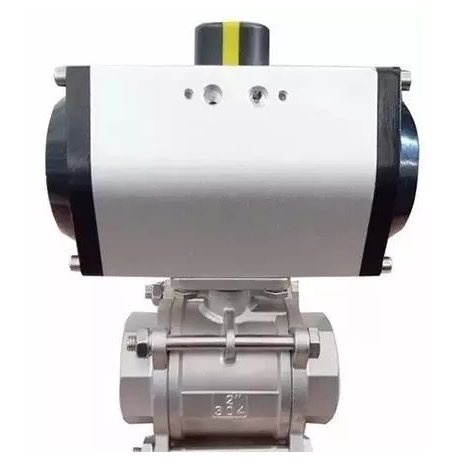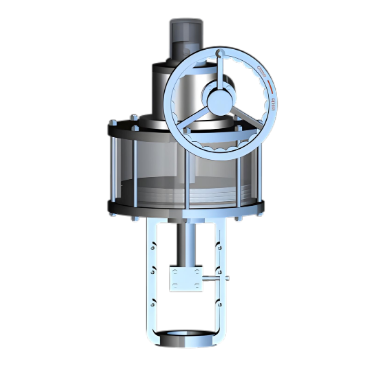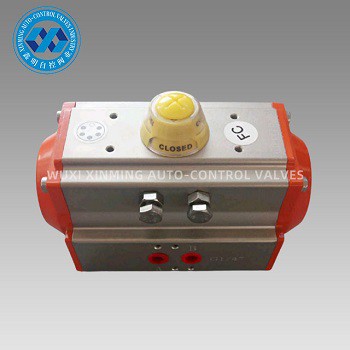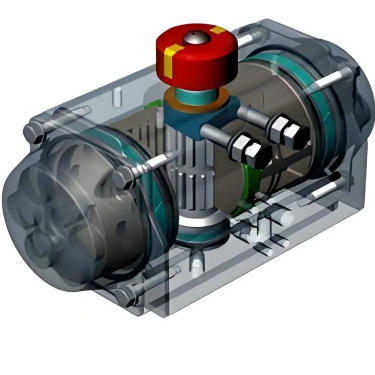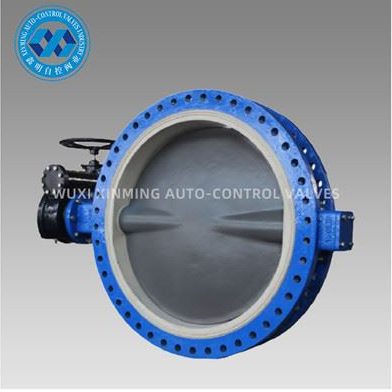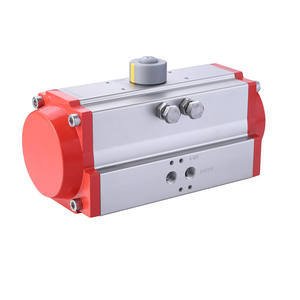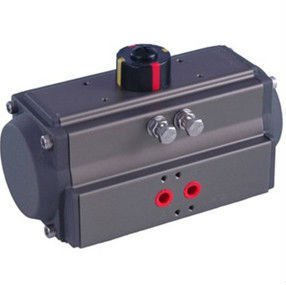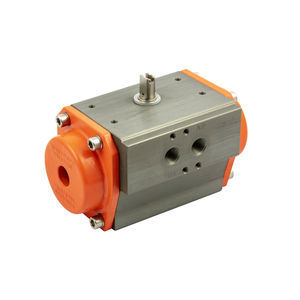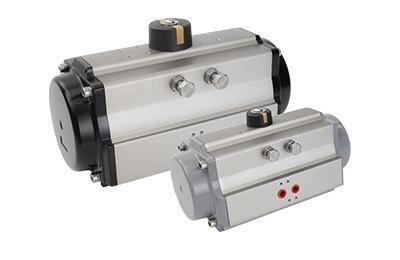Double-acting pneumatic actuators stand out
in industrial automation due to their unique design that eliminates the need
for a spring for return motion. In a double-acting setup, the actuator has two
ports. Compressed air entering through one port forces the piston to move in
one direction, while air entering through the other port enables the piston's
return movement.
This spring-free design brings several
advantages. First, it significantly improves response time. Without the
interference of a spring, which may have variable spring forces affecting the
movement speed, double-acting pneumatic actuators can quickly reverse the
piston's direction. For example, in high-speed assembly lines, this rapid
response ensures seamless operation. Second, it offers greater mechanical
reliability. Springs are prone to fatigue over time, leading to inconsistent
performance and potential failures. In contrast, double-acting pneumatic
actuators, relying solely on air pressure, are less likely to malfunction due
to component wear.
Moreover, they can handle higher loads
compared to their spring-return counterparts. By precisely controlling the air
pressure, double-acting pneumatic actuators can generate strong and consistent
forces, making them ideal for applications in industries like oil and gas,
where heavy valves need to be operated frequently.
If you want to learn more about low-priced products, please visit the following website: www.xm-valveactuator.com


